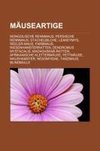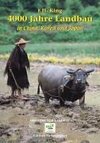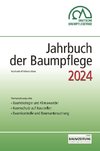
-
 Anglický jazyk
Anglický jazyk
Evaluation of Barnyard Millet Germplasm
Autor: Rinkey Arya
Barnyard millet (Echinochloa frumentacea (Roxb.) Link) also called as Jhangora, Sawan or Madira is largely a self-pollinated crop, tall erect up to 60 to 120 cm in height, the stem as well as leaves being green in colour. Barnyard millet is mainly grown... Viac o knihe
Na objednávku, dodanie 2-4 týždne
50.85 €
bežná cena: 56.50 €
O knihe
Barnyard millet (Echinochloa frumentacea (Roxb.) Link) also called as Jhangora, Sawan or Madira is largely a self-pollinated crop, tall erect up to 60 to 120 cm in height, the stem as well as leaves being green in colour. Barnyard millet is mainly grown in India, China, Japan, and Korea for human consumption as well as fodder. The crop is valued for its drought tolerance, short growth period, and superior nutrition value. In India, the crop is grown in Madhya Pradesh, Uttarakhand, Tamil Nadu, Andhra Pradesh, Karnataka, Maharashtra and Bihar. Barnyard millet has emerged as very important dual purpose feed and fodder crop. The grain can be consumed as whole grain or ground into flour which is used for porridge and various flat cakes or chapatis. Thus small millets are nutritionally rich staple food crop. But besides that they also provide good quality stover which is important for hill farming system, where fodder has become scarce in recent years. In fact the stover of barnyard millet is one of the best in terms of nutritional quality among all the existing stovers.
- Vydavateľstvo: LAP LAMBERT Academic Publishing
- Rok vydania: 2020
- Formát: Paperback
- Rozmer: 220 x 150 mm
- Jazyk: Anglický jazyk
- ISBN: 9786202802727

 Nemecký jazyk
Nemecký jazyk 









